Like most of us, you’re doing your best to keep your home clean and organized, but there’s a difference between tidy and truly clean – especially in the kitchen, where food safety can affect you, your family’s and your guests’ health. Unsure of how your kitchen would hold up to the high standards of restaurant and foodservice inspection in Canada? Don’t be afraid: We’ve rounded up some the first things that an environmental health inspector would check for, so you can keep your kitchen as food safe and sanitary as possible.
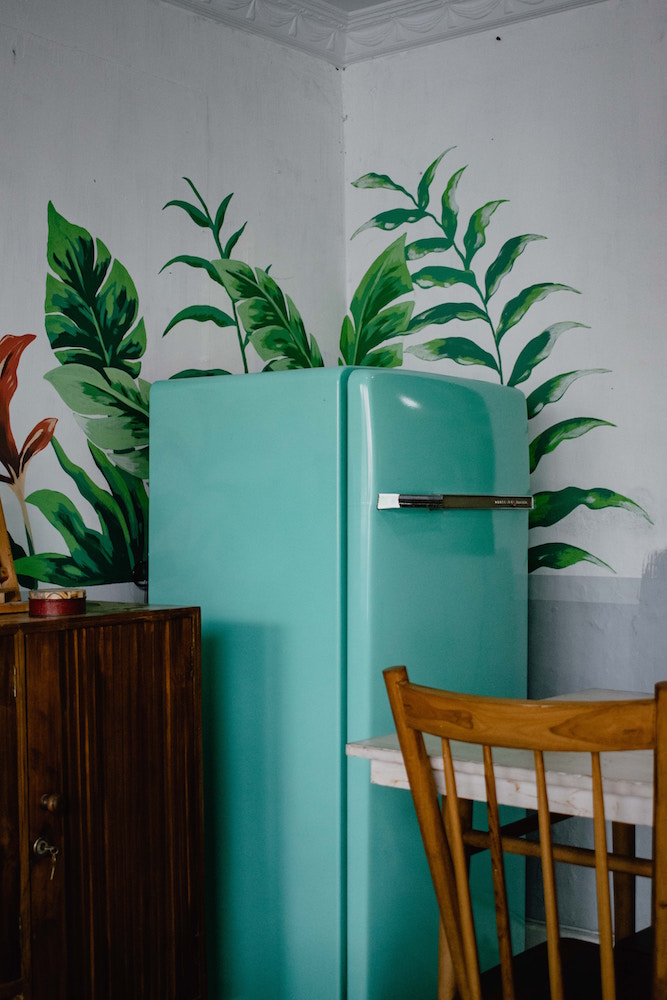
Keep Your Cool
Sure, your fridge is cold, but is it cold enough? When it comes to food safety, temperature is more important that you may realize – storing perishables at even just a few degrees too warm can inadvertently put your food in a temperature danger zone where bacteria can breed like crazy. What’s the best temp? According to Canadian food safety standards, your fridge should be set at 4°C (40°F) or lower. And, while you’re at it, keep your freezer at -18°C (0°F) or lower to keep frozen items at their safest.
Related: 12 Things Healthy, Happy People Don’t Keep in Their Homes
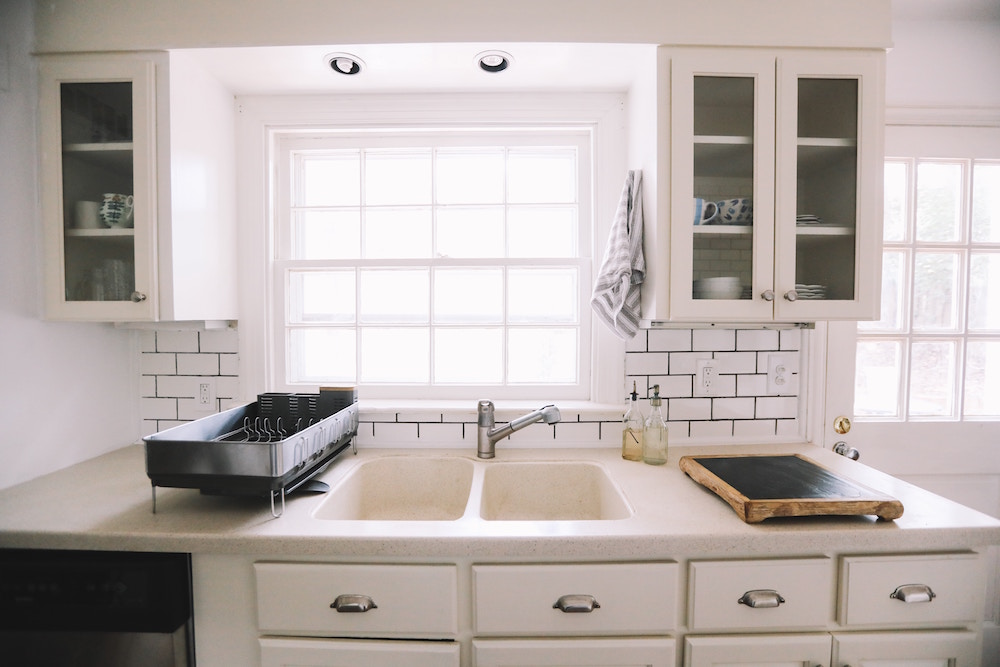
Scrub Up
Clean hands are essential whenever you’re handling food, yet many of us rush through hand washing when we’re cooking – which seriously raises the risk of spreading disease. Wash your hands frequently when you’re in the kitchen. At the very least, wash your hands with soap and warm water for a minimum of 20 seconds before handling or serving food and touching clean utensils, after touching raw foods, after handling dirty dishes and after sneezing, coughing or touching your face, hair or arms. Not sure how long 20 seconds really is? It’s about the length of a round of the happy birthday song, so sing it in your head (or out loud!) every time you scrub up.
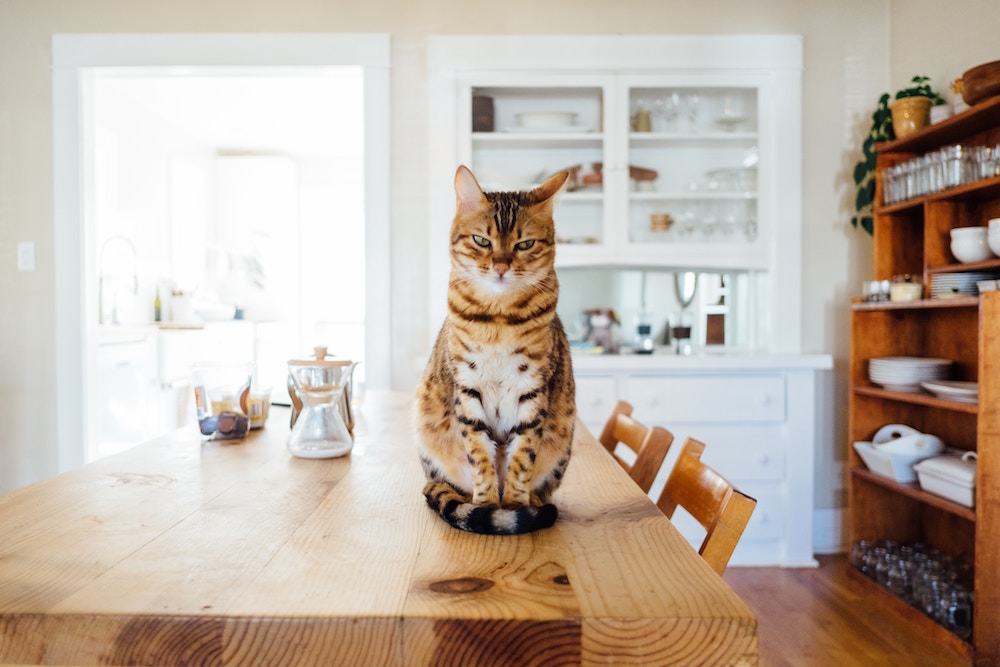
No Pets in the Kitchen
As much as you love your pets, they could be putting your food safety at risk – so do your best to keep them out of the kitchen. While it may be hard to keep your furry friends totally away from kitchen and dining areas, allowing animals like cats on countertops or tables is a serious no-no, so train your fluffy family members to stay away from the kitchen for safer food prep.
Related: 12 Stylish Pet Accessories Your Home Needs This Year (Ditch the Cat Tree)
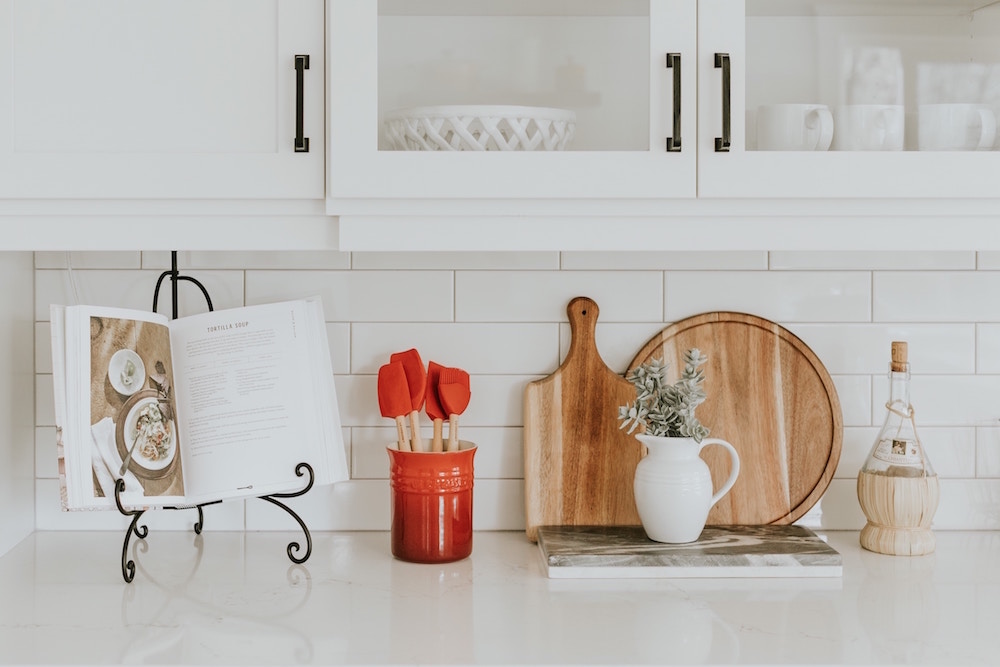
Safer Cuts
While some home cooks may view grooves in their cutting board as a badge of honour, they can also be a hidden hindrance to food safety. Regularly check cutting boards for nicks and scratches, as they can be sneaky breeding grounds for bacteria. Find a few abrasions? You don’t necessarily have to throw your favourite board away – wooden cutting boards can be sanded smooth to remove the issue.
Related: The 10 Kitchen Products You Won’t Regret Buying This Year

Handles Up
Picture this: you’re lost in a whirlwind of flavours, grabbing spoons and spatulas from a convenient jar on the counter as you whip up a delicious meal. But which way are those utensils facing? One quick and often overlooked food safety mistake is storing kitchen utensils in a way that makes you touch their tops with your hands when you reach for them. Reduce the risk of contamination by storing utensils with their handles up (whether on the counter, in a drawer or hanging on the wall).

Think Top to Bottom
There’s more to keeping your fridge organized than colour coordination: knowing where to place certain types of foods on the shelves is critical to preventing cross-contamination, too. Separate raw foods (like uncooked meat, fish and poultry) from ready-to-eat foods (like salads, cooked foods and produce) and then use a top-to-bottom strategy for fridge storage. Place ready-to-eat foods on the higher shelves and raw foods on the bottom (in sealed containers). By keeping raw animal items on the bottom shelf, you’ll help stop juices from dripping into other food.
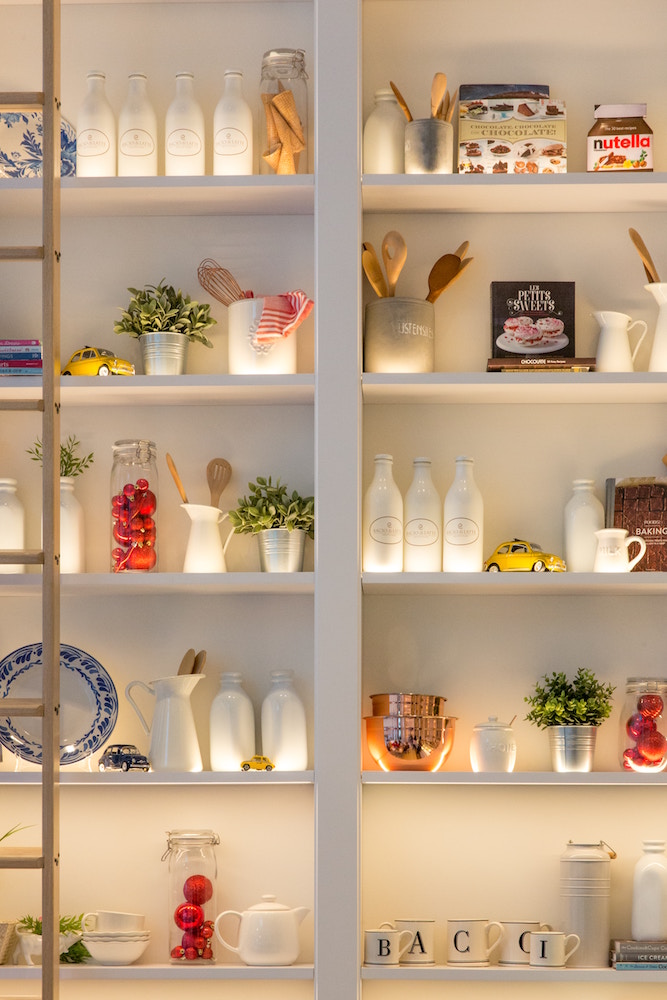
Check Your Cans
Canned food has a long storage life, but that doesn’t mean everything in your pantry is automatically safe to eat. Check canned food for damage – any deep dents or rust are a sign it’s time to throw cans away. Even though it may feel wasteful, eating from potentially compromised cans isn’t worth the risk of illness.
Related: 12 Ways You Can Organize Your Kitchen Like Marie Kondo

Keep Them Separated
As important as it is to maintain a clean kitchen, it’s equally important to keep cleaning products and chemicals separate from food. Even in a small-sized kitchen, dedicate a separate area to store cleaning products – and consider switching to all-natural cleaning solutions to eliminate the potential of harsh chemicals accidentally contaminating your food.

Clear the Counters
More than just being an eyesore, cluttered countertops can lead to areas of dirt and debris that could come into contact with your food. Combat this by clearing your kitchen countertops of non-essentials items and regularly sanitize surfaces to keep them clean.
Related: The Most Popular Kitchen Designs From Around the World

Don’t Leave the Dirty Dishes
A pile of dirty dishes in the sink is a recipe for nasty smells and bacteria, so get in the habit of washing up during and right after cooking – and do it the right way. A dishwasher is likely the most effective method, but if you want to hand-wash dishes, start with a clean, sanitized sink, use hot, soapy water and hand-wash dishes with a silicone brush (sponges never really dry, so they quickly become home to the bacteria you’re trying to avoid).
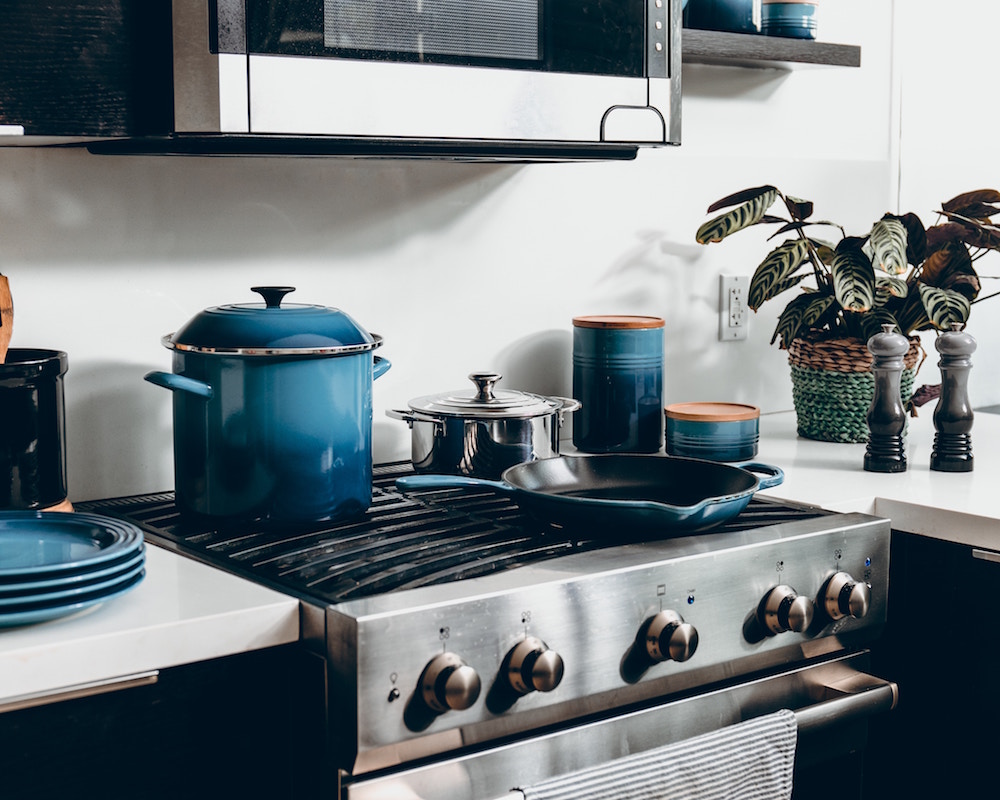
Cook Cleaner
How can you expect to cook food safely if your cooking devices aren’t clean? Regularly clean your oven and microwave – inside and out – so you start cooking your meals from a clean slate.

Check Under the Hood
Speaking of a clean oven, when was the last time you checked under your hood? Even if your stovetop is sparkling, dirt and debris can build up under the oven hood and land on your food during preparation. Don’t forget to clean and sanitize your oven hood and filter whenever you give your kitchen a deep clean.
Related: 15 Simple Things to Make You Cozier and Happier in Your Kitchen

Put a Lid on It
Want to keep questionable smells (and bacteria) at bay in the kitchen? Get your garbage under control. Trash – and compost – bins in the kitchen should always have a lid (options that open with a step or hands-free mechanism are best for limiting contamination). And, never let the garbage linger – take it out regularly.
Related: Our Editors Can’t Live Without These Amazing Cleaning Products
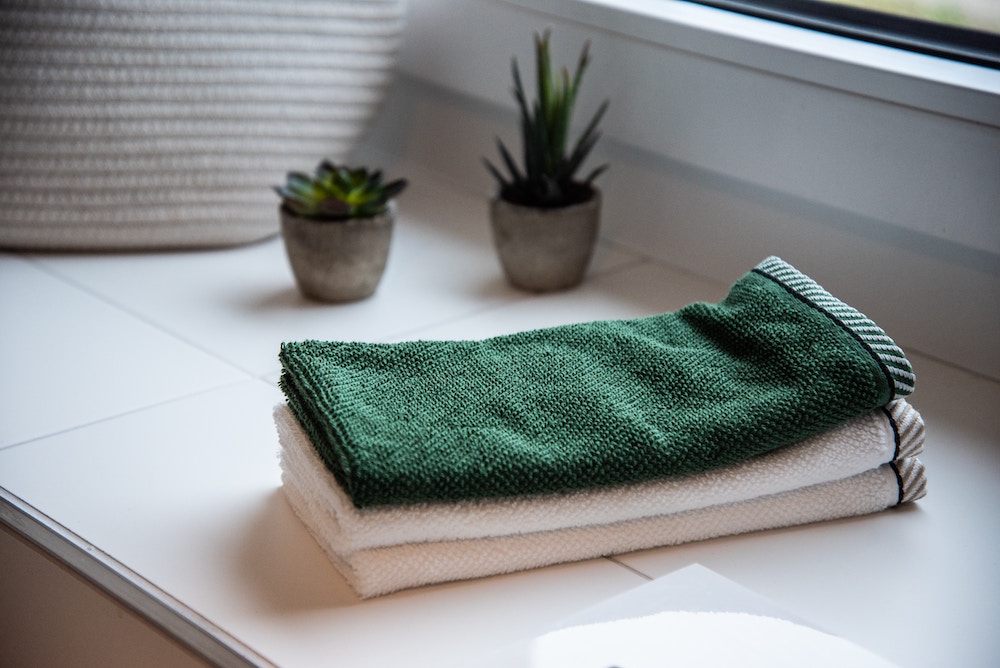
Towel Off
Do you use the same towel to dry your hands and your dishes? A simple switch to a two-towel system (that is, always having two separate, clean kitchen towels – one for your drying your hands after washing and one for drying cookware) can help cut back on cross-contamination.
Related: 20 Fast and Easy House Cleaning Hacks Everyone Should Know
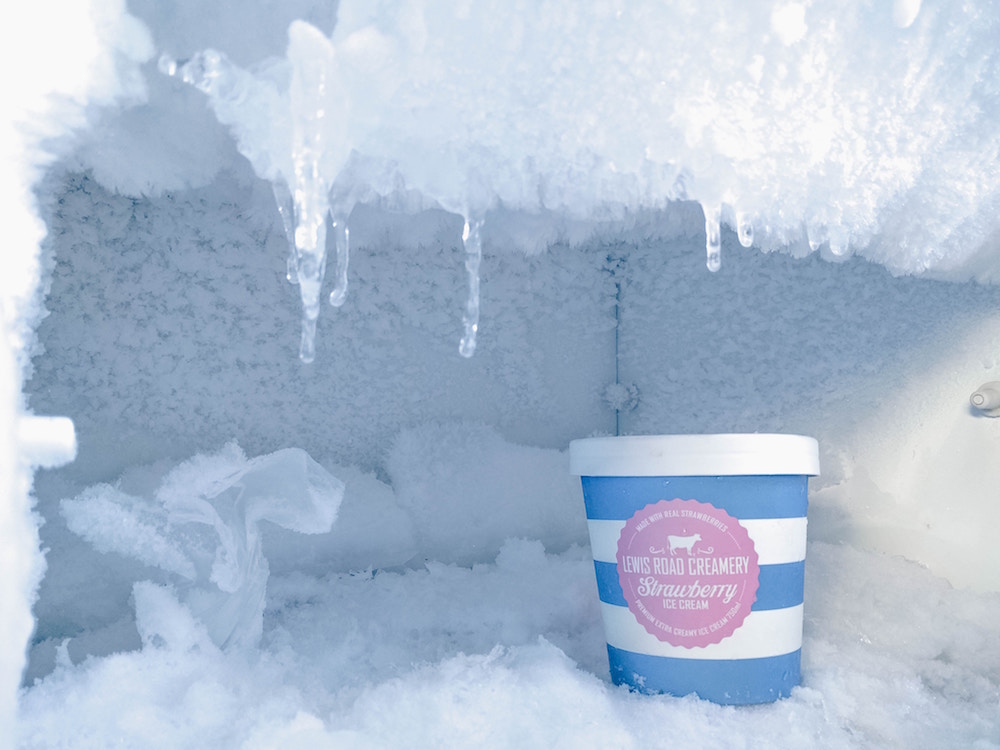
Hold the Ice
Grabbing a few ice cubes from a bucket in the freezer may seem innocuous, but – if you think about it – touching ice cubes with your hands is like stirring a drink with your finger. If you like to keep ice cubes at the ready, use tongs or a scoop to ensure a more sanitary situation.
HGTV your inbox.
By clicking "SIGN UP” you agree to receive emails from HGTV and accept Corus' Terms of Use and Corus' Privacy Policy.




